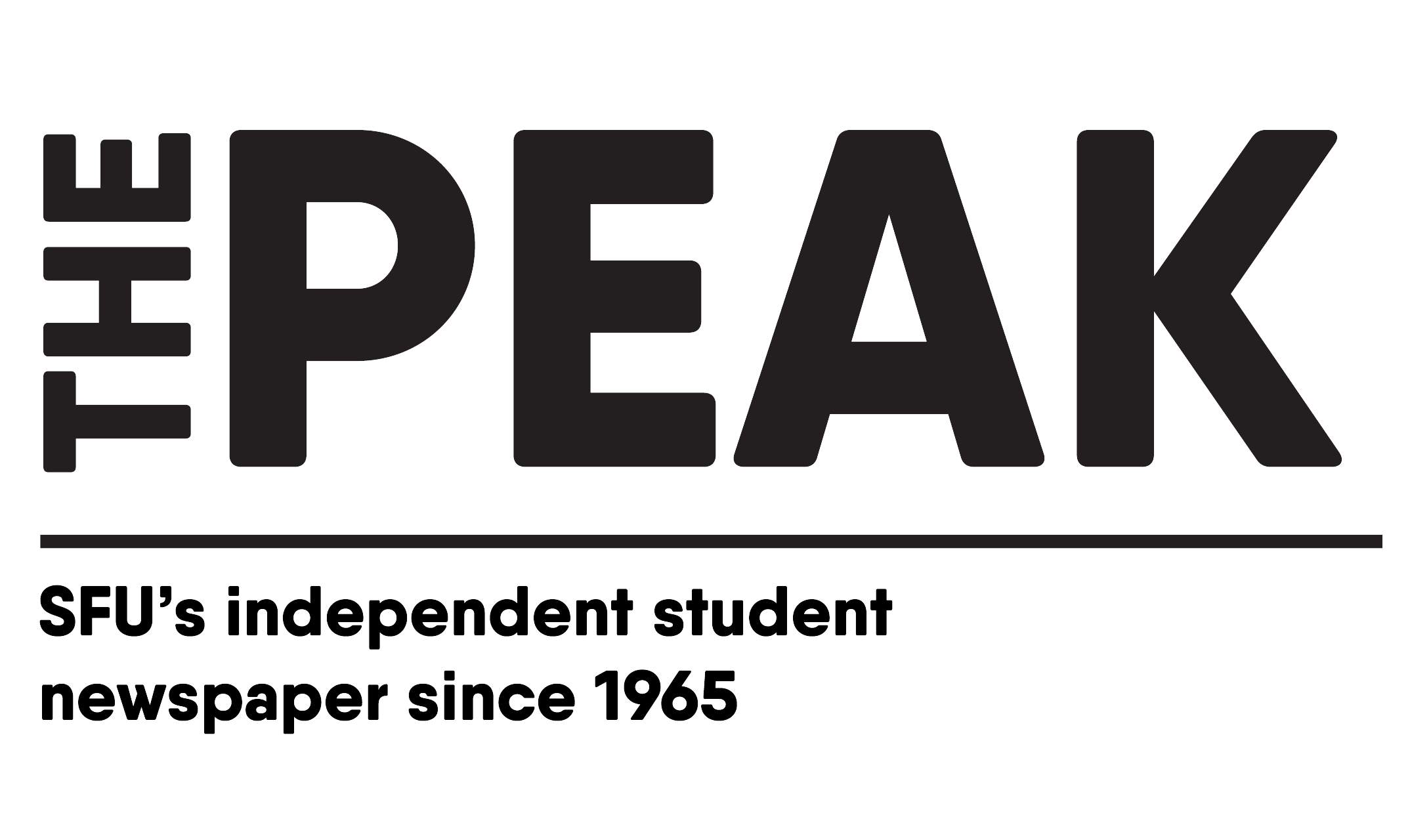Imagine coming upon a giant lizard that’s five metres long and weighs 600 kilograms — could you escape by running away? This is a question that Australians have been asking ever since they came across the fossils of the extinct giant goanna, or Megalania. Recent insights by SFU researchers have shed light on an answer.
Giant goannas were a member of a diverse genus of lizards that include some of the smallest and largest living lizard species, such as the Komodo dragon. As the size of these lizards increases, so too does their mass. These animals have an unusual way of managing the stress of this increased mass that interested Taylor Dick, a PhD candidate in the department of Biomedical Physiology and Kinesiology at SFU.
The cross-sectional surface area and properties of muscles and bones increase at a slower rate in comparison to mass as the size of a species increases; because of this, their muscles and bones have to deal with the increased levels of stress required to support the body.
Giraffes, rhinoceroses, and elephants have all solved this problem by becoming more upright, as their legs are positioned directly under their bodies and take most of the weight. “[T]hey become upright so that their muscles and bones don’t have to deal with that extra mass and the stress of that extra mass,” explained Dick.
Dick observed that the group of lizards studied in the project did not become more upright over time as their size increased, “so you can imagine, moving around in a permanent push-up position, that’s really going to be difficult.” In order to learn more about why this is the case, Dick and her research group collected a wide range of species of lizards directly from the Australian Outback, and also worked with donated specimens.
To study the musculature of the lizards, they filmed them in front of high-speed cameras to learn more about how they run. Then they dissected the lizards to learn more about the properties of the muscle tissues themselves.
“The results were even more pronounced than [the researchers] thought they might be, suggesting that as these lizards get really really big they actually change the design or the architecture of the muscles, but that comes at a cost,” said Dick.
This cost is based on the fact that muscles can be built to specialize for two purposes: support or propulsion. If they are designed to support, then that will likely decrease the propulsion power of the muscles and slow the lizards down.
This brings us back to our original question: could you outrun a giant goanna and live to tell the tale?
Based on the models built using living lizards, Dick thinks that this is very possible, as the massive lizards would have had to trade off their propulsion abilities for increased support. Nevertheless, according to Dick, “you would not want to come across one.”




